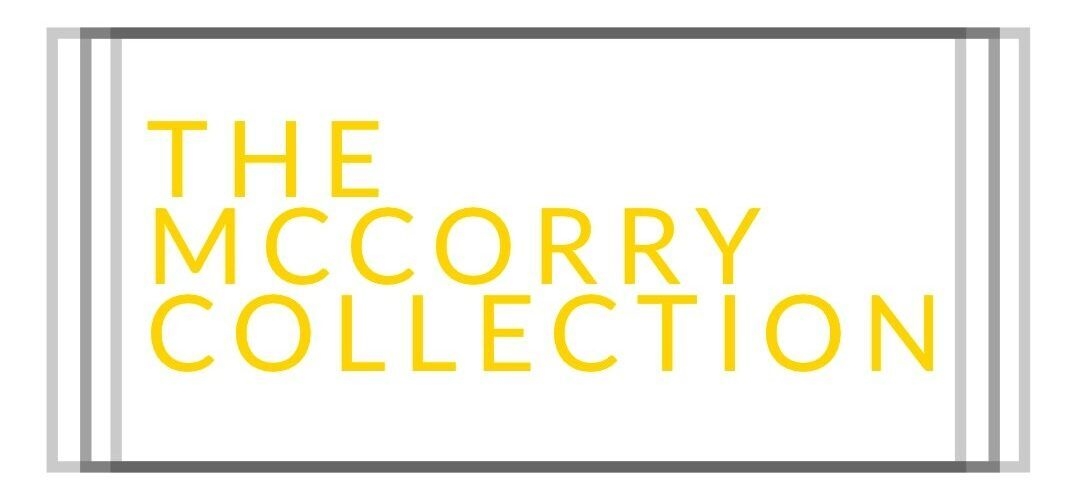Bio & Information
Piers Maxwell Dudley-Bateman (Australian 1947-2015) Bio
Piers Maxwell Dudley-Bateman, also known as Piers Bateman, was an Australian landscape painter He was a sympathiser of The Antipodeans, a group of Melbourne painters that also included Arthur Boyd, David Boyd, Charles Blackman, John Brack, Robert Dickerson, John Perceval and Clifton Pugh He taught as a Professor for painting at the Shanghai Institute of Visual Art under Fudan University in Shanghai, China In 1966 Bateman left Australia for London where he commenced painting receiving encouragement from notable Australian artists David and Arthur Boyd On returning to Australia in 1968 Bateman was offered his first major exhibition at the newly opened Munster Arms Gallery This exhibition received a warm response from the Melbourne Herald art critic Allan McCulloch The resulting sales enabled the young Bateman to buy 30 acres of bush at St Andrews on the outskirts of Melbourne, where he built a studio of mud brick This bush setting exerted a powerful influence on his work In the immediate following years he often visited the waterfront areas of Williamstown, Port Melbourne and Mornington, painting and developing a fascination for the sea A painting from this time “Scallop Boats Mornington” was purchased by the Reserve Bank of Australia for its permanent collection Bateman became noticed by Australian art collectors and was recognised and encouraged by established artists such as Vic O’Conner and Charles Blackman – Blackman in particular helped Bateman establishes connections in the Sydney art community An invitation to participate in a survey exhibition of Australian Art at the Cremorne Gallery Sydney and a painting acquired by the Caterpillar Foundation in Chicago further helped his growing recognition as an emerging landscape painter Mervyn Moriarty was a strong influence giving intellectual basis to much of Bateman’s intuitive approach to painting particularly in regard to his understanding of colour Also this period proved to be very influential on Bateman’s approach to the landscape where he experimented with an aerial perspective to his iconic outback paintings giving a new and evocative view of the flat landscape This aerial perspective approach to the landscape was also explored by the Australian painter Fred Williams 1980 Bateman ventured on a trans Australian painting exhibition with sculptor Marcus Skipper to Broome Western Australia via Alice Springs and the Tanami Desert returning through the Kimberley, Darwin and Cairns Due to the adverse physical conditions of this trip he experimented with gouache and acrylic as a medium for the first time Working on large canvases in oil back in his studio, these gouache impressions were the basis of his ‘Red Desert’ series which brought him wide recognition in Australia 1981 Comalco Australia extended an invitation to visit their Weipa operations giving further opportunity to explore remote areas of Australia Later that year he was guest of Pilbara Resources Ltd At their Marble Bar project in Western Australia 1997 Bateman spent three weeks Painting in Eritrea with Photographer Bill Mosley, journalist Thornten McCamish and Documentary Film Maker Brent Masters Exhibition of the resulting work was later shown that year in Melbourne at Delshan Gallery and Gallery 235 Sydney 1998 Travelled by road across America from California to Washington D.C. Painting desert Landscapes along Historic Route 66 1998 Bateman was “discovered” by Andrew Peacock who at the time was fighting a close election with Prime Minister Bob Hawke Peacock bought a collection of his works and later encouraged Bateman to visit America when Peacock became the Australian Ambassador The Australian Embassy subsequently 1998 acquired two paintings, one a large (4 x 2-metre) Bush Mural for the conference room 1999 Bateman held exhibition at the Embassy of Australia Washington D.C. later the same year he was invited to be the Australian representative at the Contemporary Art Fair in Marbella Spain















